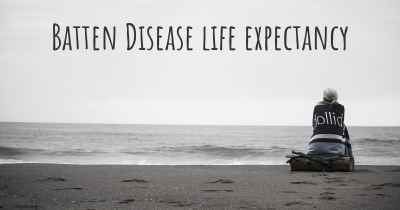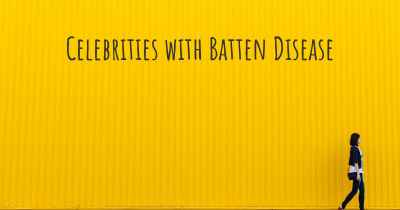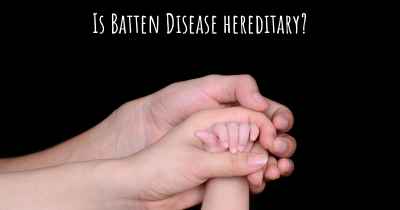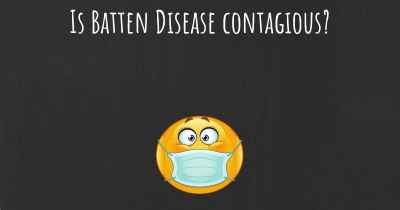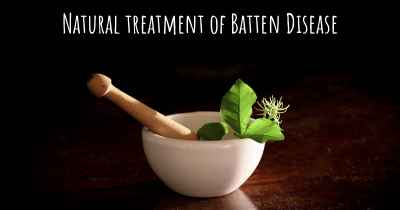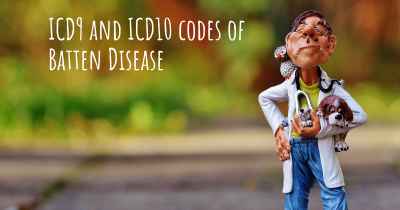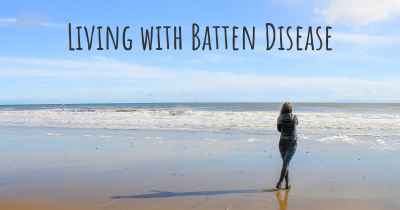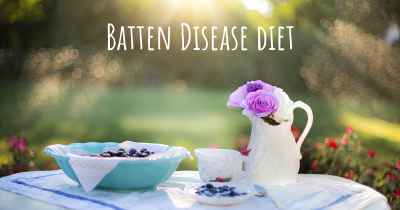What are the best treatments for Batten Disease?
See the best treatments for Batten Disease here
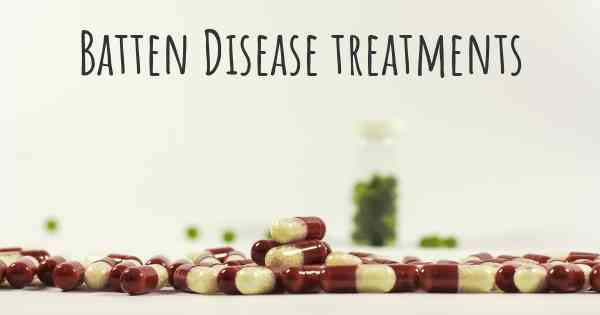
Batten Disease:
Batten disease, also known as neuronal ceroid lipofuscinosis (NCL), is a rare and fatal genetic disorder that primarily affects the nervous system. It is characterized by the accumulation of lipopigments in the cells, leading to progressive neurological deterioration. Batten disease typically manifests in childhood and can cause a range of symptoms, including seizures, vision loss, cognitive decline, and motor impairment.
Treatment Options:
Currently, there is no known cure for Batten disease. However, several treatment approaches aim to manage the symptoms, slow down the progression of the disease, and improve the quality of life for affected individuals. These treatment options include:
- Seizure Management: Seizures are a common symptom of Batten disease. Antiepileptic medications are often prescribed to control and manage seizures. The specific medication and dosage depend on the individual's seizure type and frequency. Regular monitoring and adjustment of the medication may be necessary to achieve optimal seizure control.
- Physical and Occupational Therapy: Physical and occupational therapy play a crucial role in managing Batten disease. These therapies aim to maintain and improve mobility, muscle strength, and coordination. Physical therapy focuses on exercises and activities that enhance gross motor skills, while occupational therapy focuses on fine motor skills and daily living activities.
- Speech and Language Therapy: Batten disease can affect speech and language abilities. Speech therapy helps individuals with Batten disease improve their communication skills, including speech production, language comprehension, and alternative communication methods if necessary. Speech therapists also work on swallowing difficulties that may arise as the disease progresses.
- Vision Support: Vision loss is a significant symptom of Batten disease. Low vision aids, such as magnifiers, specialized glasses, and adaptive technologies, can help individuals with Batten disease make the most of their remaining vision. Regular eye examinations are essential to monitor and manage any vision changes.
- Medication and Supplements: Certain medications and supplements may be prescribed to manage specific symptoms or slow down the disease progression. For example, antioxidants like vitamin E and coenzyme Q10 are sometimes recommended to reduce oxidative stress in cells. However, the effectiveness of these treatments in Batten disease is still under investigation.
- Genetic Counseling: Genetic counseling is crucial for families affected by Batten disease. Genetic counselors provide information about the inheritance pattern, recurrence risks, and available testing options. They also offer emotional support and help families make informed decisions regarding family planning.
- Supportive Care: Batten disease is a devastating condition that requires comprehensive supportive care. This includes regular medical check-ups, monitoring of disease progression, and addressing individual symptoms as they arise. Palliative care may also be provided to manage pain, improve comfort, and enhance the overall quality of life.
Research and Future Directions:
While there is currently no cure for Batten disease, ongoing research and clinical trials offer hope for potential treatments. Gene therapy, enzyme replacement therapy, and stem cell transplantation are among the emerging therapeutic approaches being investigated. These experimental treatments aim to address the underlying genetic or biochemical defects associated with Batten disease.
Furthermore, advancements in precision medicine and personalized therapies hold promise for tailored treatments based on an individual's specific genetic mutations. Collaborative efforts between researchers, clinicians, and affected families are crucial in advancing our understanding of Batten disease and developing effective treatments.
Conclusion:
Batten disease is a devastating genetic disorder that currently lacks a cure. However, various treatment options are available to manage symptoms, improve quality of life, and provide supportive care. Ongoing research and clinical trials offer hope for future breakthroughs in the treatment of Batten disease. It is essential for individuals affected by Batten disease and their families to work closely with healthcare professionals and support networks to optimize care and explore potential treatment options.
